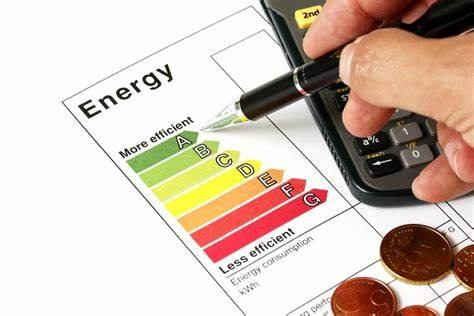

 会员登录
会员登录

- Home
- About us
- Corporate News
- China Policy
- China Compliance
- BESTAO Library
- Events
- Our Services
 China's in-use energy-consuming products and equipment inventory exceeds 5 billion units (sets), accounting for approximately 80% of the national energy consumption. Some equipment has low energy efficiency levels, but there is significant potential for improvement and upgrading.
China's in-use energy-consuming products and equipment inventory exceeds 5 billion units (sets), accounting for approximately 80% of the national energy consumption. Some equipment has low energy efficiency levels, but there is significant potential for improvement and upgrading.
In 2022, the NDRC, in conjunction with other ministries, released the " Advanced Energy Efficiency Level, Energy Saving Level, and Access Level of Key Energy-Using Products and Equipment (2022 Edition)". The document identified 20 types of energy-using products and equipment and determined their admission, energy saving, and energy efficiency levels. Its objective is to expedite the enhancement of these products and equipment's energy performance, promote the adoption of energy-saving equipment, and phase out high-energy-consumption equipment.
These 20 types of products include: room air conditioners, split air conditioners, low ambient temperature air source heat pump (cold water) units, chiller units, multi-split air conditioners (heat pump) units, remote condensing unit refrigerated display cabinets, heat pump water heaters, household electric refrigerators, air purifiers, storage water heaters, electric washing machines, household gas stoves, three-phase asynchronous motors, permanent magnet synchronous motors, volumetric air compressors, power transformers, ventilators, LED tube lights, non-directional self-ballasted LED lamps, and LED luminaires for road and tunnel lighting.
On February 7, 2024, the NDRC released the 2024 version of this document, expanding the coverage of energy-using products and equipment to 43 types. Newly added products include industrial boilers, dust collectors, welding machines, submersible pumps, high-voltage three-phase cage-type asynchronous motors, data centers, tower and rack servers, monitors, charging piles, communication base stations, liquid-cooled drive motors for electric vehicles, self-contained condensing units for commercial refrigerators, commercial induction cookers, commercial gas stoves, grid-connected inverters for photovoltaics, crystalline silicon photovoltaic modules, flat-panel TVs, rice cookers, range hoods, household induction cookers, household gas water heaters, gas-fired heating water heaters, and LED flat panel lights.
The "Advanced Energy Efficiency Level, Energy Saving Level, and Access Level of Key Energy-Using Products and Equipment" divides the energy efficiency levels of energy-using products and equipment into three categories: advanced level, energy-saving level, and access level. The access level represents the minimum energy efficiency threshold for relevant products and equipment to enter the market and serves as the technical basis for phasing out old and outdated equipment. The technical requirements specified in the access level are consistent with the current mandatory energy efficiency standards. Products that do not meet this level will not be able to enter the Chinese market.
Products at the energy-saving level must reach at least level 2 of the current energy efficiency standards, while the advanced level should not be lower than level 1 of the current energy efficiency standards. In the future, China will timely convert the advanced energy efficiency level and energy-saving level of key energy-using products and equipment into the next stage of energy-saving level and access level according to industry technological progress and development trends.
In the future, products and equipment that achieve advanced energy efficiency levels and above, as well as related production technologies, will be included in the "Guidance Catalog for Green and Low-Carbon Transformation Industries," "Green Technology Promotion Catalog," and "Guidance Catalog for Industrial Structure Adjustment" for encouragement. The government will increase support for the procurement of energy-saving level products and equipment in green procurement policies, coordinate the use of financial policies to implement environmental protection and energy-saving-related tax incentives, and encourage financial institutions to provide medium- and long-term credit support for enterprises to develop and manufacture high-energy-efficient products and equipment, as well as support qualified enterprises in issuing bond financing.